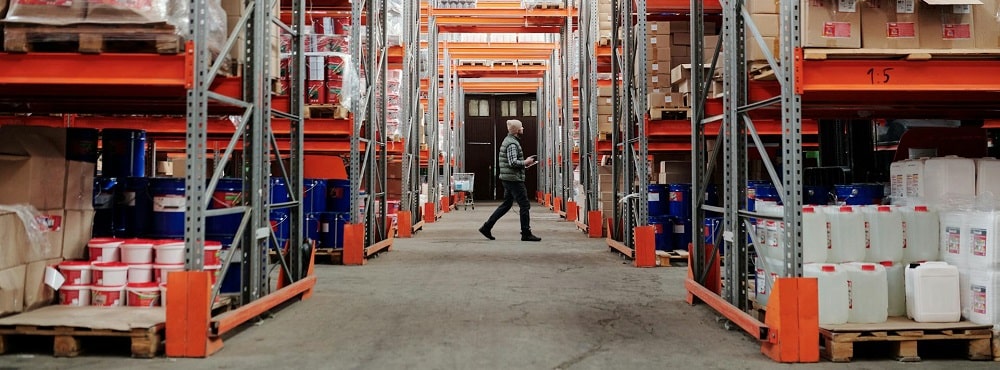Case Study: Operational Drift in a High-Volume European Distribution Center

Turning a Warehouse Into a Dynamic Profit Center
The Challenge
At peak activity, pallet movements within this European Distribution Center—serving all of Europe—often deviate from ideal warehousing protocols. While the AWMS (Advanced Warehouse Management System) reliably tracks where pallets are placed, its recommendations are frequently bypassed in favor of productivity-driven decisions.
Over time, this prioritization of speed over structure eroded the warehouse’s flexibility, functionality, and cost efficiency. The result: a gradual operational drift that compromised optimization—and no window was ever found to “reset” the system without disrupting performance.
The Expectation
Shelly was expected to intelligently recalibrate and sustain optimal pallet flow—without requiring a disruptive reset period and without interfering with the existing AWMS system. The goal: implement and monitor Intelligent Flow Calibration Without Disruption, ensuring that productivity remains uninterrupted while restoring operational logic.
The Solution
Shelly redefined warehouse location logic by layering financial intelligence over traditional criteria like size, weight, and FIFO/FEFO rules. Each slot was evaluated not just for capacity, but for its contribution to margin, incentives, and strategic value—factoring in rebate eligibility, dynamic margin uplift, cost-to-serve sensitivity, and premium service potential. This turned the warehouse into a financially aware asset grid, where every pallet drop triggered a 20-point optimization score.
During low-pressure Slack Shifts, Shelly deployed Digital Collaborators (DiCo’s)—smart agents on forklift screens—that monitored operator availability and launched targeted relocation missions to upgrade inventory placement. These missions ran smoothly without disrupting pace, and a Supervisor DiCo handled inventory updates to the AWMS via standard APIs, ensuring full system integrity while maximizing asset value.
The Result
After implementing Shelly’s DiCo’s, the warehouse experienced a measurable uplift in financial performance and operational precision. Inventory placement became margin-aware, with pallet drops and relocations guided by real-time profitability scores. Slack Shifts were transformed into structured optimization windows, reducing idle time and enhancing asset utilization.
Forklift missions ran without disruption, and inventory updates flowed seamlessly into the AWMS. The result: improved cost-to-serve metrics, higher rebate capture, and a transparent, incentive-aligned environment that empowered both operators and supervisors. Shelly turned the warehouse into a dynamic profit center—where every movement was traceable, strategic, and financially optimized.
